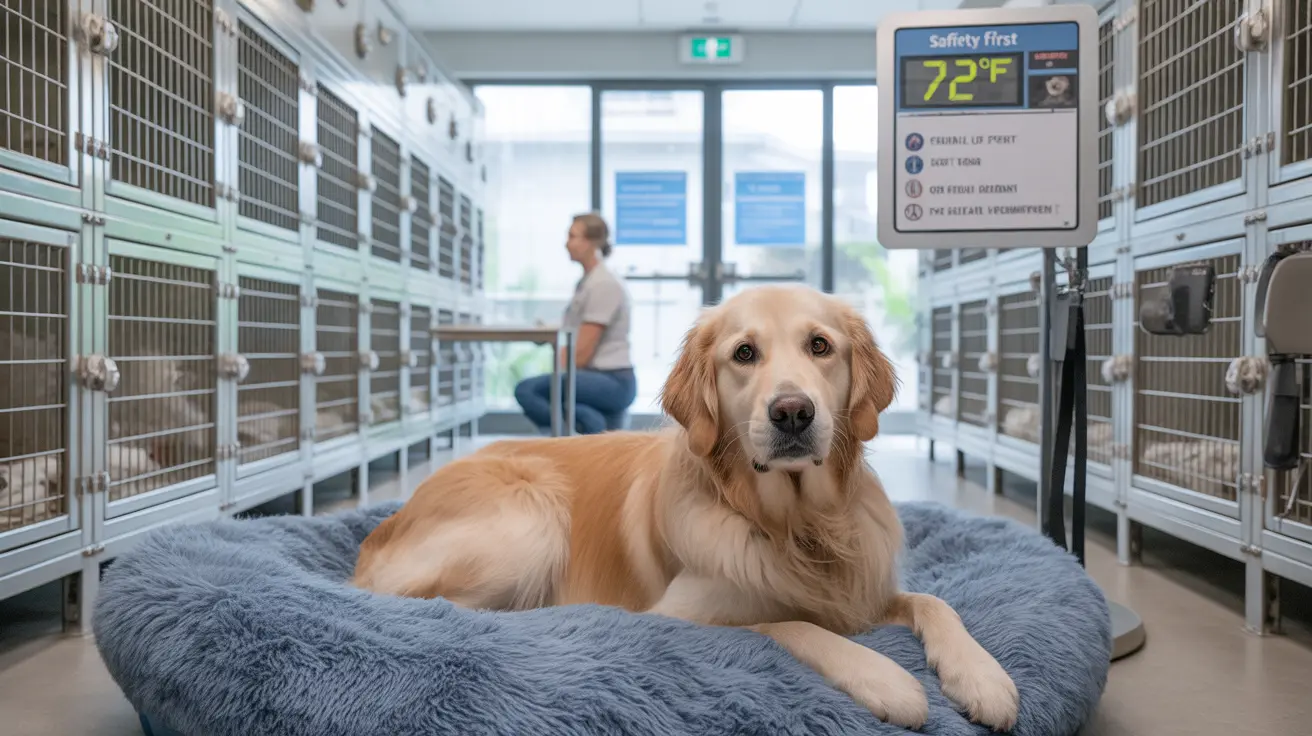Untreated Ear Yeast Infections in Dogs: Risks and Consequences
Yeast infections in a dog's ears are more than just a nuisance—they can lead to serious health issues if not addressed promptly. These infections are often caused by an overgrowth of Malassezia pachydermatis, a yeast normally found in small amounts on the skin and ears. While usually harmless, under the right conditions, this yeast can proliferate and cause discomfort, inflammation, and complications.What Triggers a Yeast Overgrowth?
The perfect environment for a yeast infection includes:
- Increased moisture and warmth
- Suppressed immune system
- Disruption to the skin's protective barrier
- Frequent swimming or poor drying practices
Recognizing the Symptoms
Initial symptoms of an ear yeast infection may include:
- Itching and scratching
- Redness and swelling inside the ear
- Brown, greasy discharge with a foul odor
- Head shaking or ear sensitivity
- Thickening and darkening of ear skin
- Loss of balance or hearing
- Secondary bacterial infections
- Chronic pain and disorientation
Complications from Neglect
As the infection worsens, it can cause irreversible damage. Dogs may become deaf due to the destruction of inner ear structures. Chronic infections can lead to leathery skin and significant ear canal damage, which may require surgical intervention like total ear canal ablation.
Diagnostic Steps
To properly diagnose and treat a yeast ear infection, a veterinarian will:
- Conduct a physical examination
- Collect and analyze samples under a microscope
- Perform cytology, fungal cultures, or skin biopsy in persistent cases
Treatment and Management
Treatment depends on the infection's severity and location. Options include:
- Topical antifungal ointments or ear drops
- Medicated antifungal ear cleanings
- Oral antifungal medications (e.g., ketoconazole, fluconazole)
- Anti-inflammatory drugs to reduce pain and swelling
- Treatment of any underlying conditions
Preventive Care
- Keep ears dry after baths or swimming
- Avoid over-bathing and use only dog-specific products
- Clean and inspect ears regularly for early signs
- Manage food and environmental allergies
- Provide a balanced, low-carbohydrate diet
The Importance of Early Intervention
Timely veterinary attention can prevent an infection from becoming chronic. If your dog shows signs of ear irritation, prompt veterinary consultation is crucial. Waiting can lead to suffering and long-term damage.
Conclusion
An untreated ear yeast infection in dogs can spiral into a severe, painful ordeal requiring intensive treatment or surgery. Pet owners should be proactive in both identifying symptoms and maintaining hygiene. Regular check-ups and appropriate care can keep your dog comfortable and free from infection-related complications.





